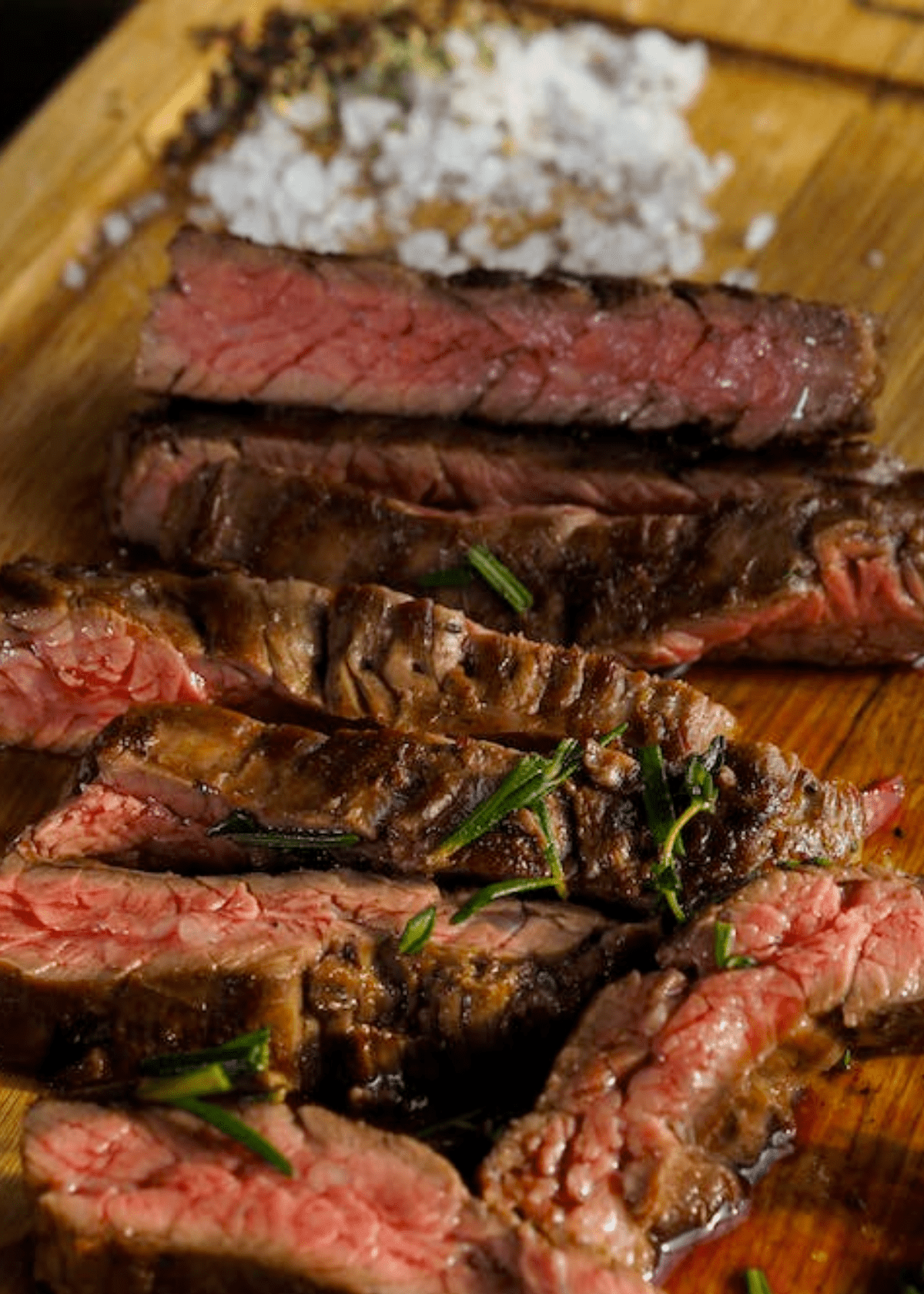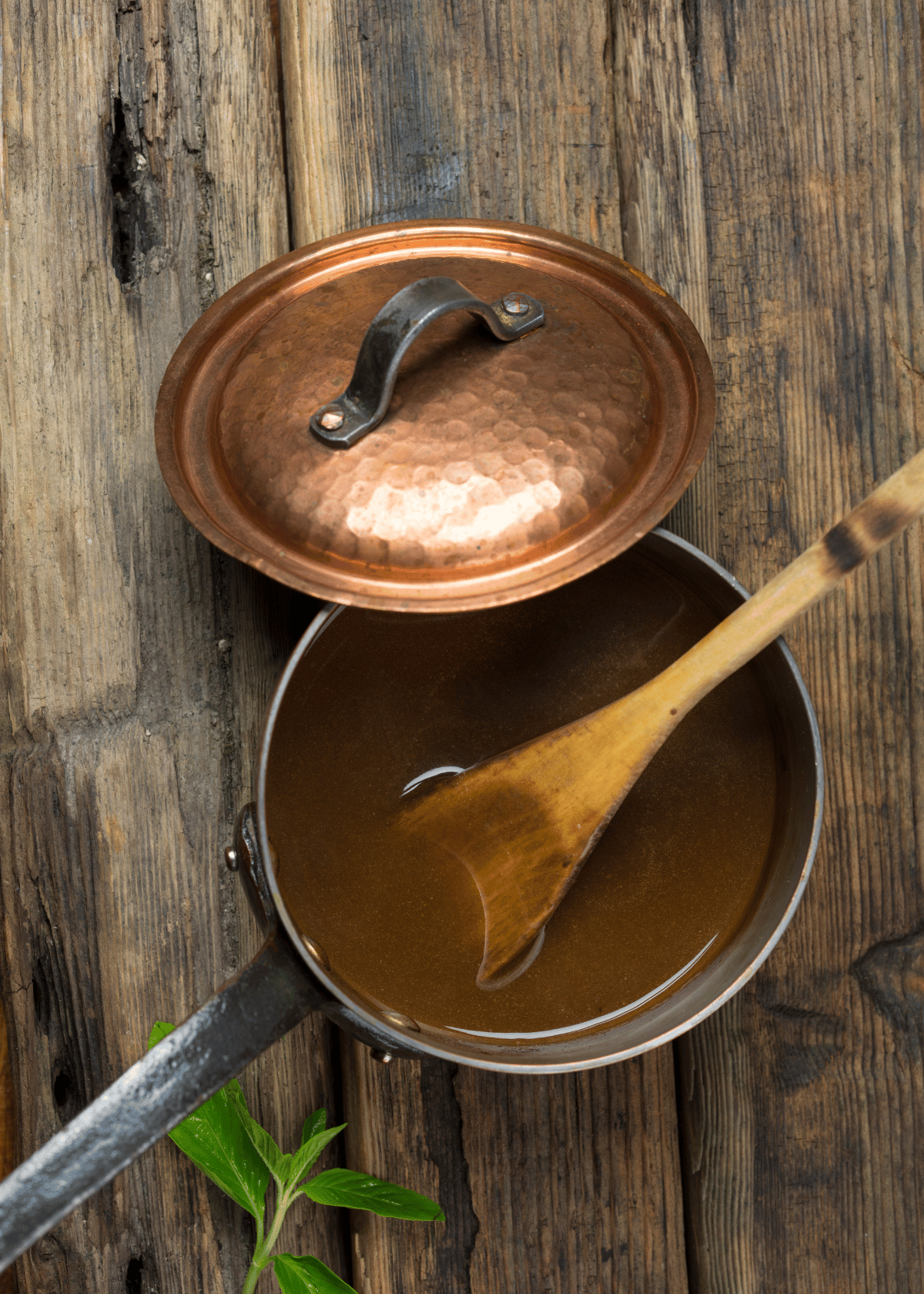Have you ever wondered how those tasty looking steak there at the restaurant were seasoned? One of the key ways to get that perfect taste is by using salt crystals! In this blog post, we'll explore how salt helps to season steak and why it's such an important part of the cooking process.
How Salt Works
Salt is a key ingredient in many foods, especially meats, because it acts as a natural preservative. When added to steak, salt helps to keep the juices in while also tenderizing the meat. This is why it's important not to go overboard when seasoning your steak with salt; too much of it can result in a dry, tough piece of meat.
The best way to ensure that your steak is properly seasoned is to use kosher or sea salt. These types of salt have larger crystals which make it easier to control the amount that you're using. To season your steak, simply sprinkle the salt over both sides of the meat and then rub it in with your hands.
When cooking steak, it's important to remember that salt will continue to penetrate the meat even after it's been removed from the heat. This means that you should always err on the side of under-salting, as you can always add more but you can't take it away once it's been added. With that being said, don't be afraid to experiment with different types and amounts of salt until you find what works best for you.
Salt is a key ingredient in many foods, especially meats, because it acts as a natural preservative. When added to steak, salt helps to keep the juices in while also tenderizing the meat. This is why it's important not to go overboard when seasoning your steak with salt; too much of it can result in a dry, tough piece of meat. The best way to ensure that your steak is properly seasoned is to use kosher or sea salt. These types of salt have larger crystals which make it easier to control the amount that you're using.
To season your steak, simply sprinkle the salt over both sides of the meat and then rub it in with your hands. When cooking steak, it's important to remember that salt will continue to penetrate the meat even after it's been removed from the heat. This means that you should always err on the side of under-salting, as you can always add more but you can't take it away once it's been added. With that being said, don't be afraid to experiment with different types and amounts of salt until you find what works best for you.
Want to know what the best salts for steak are? Check out our guide here!







